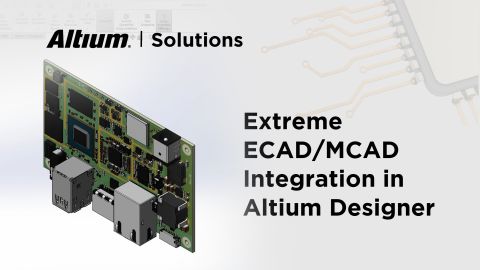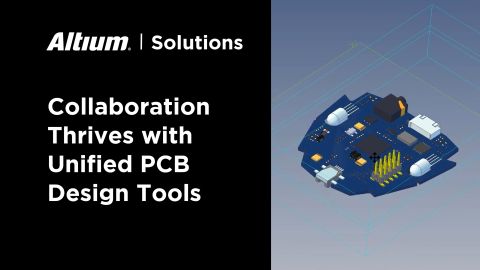Accessing Board Designs Downstream
Why do downstream stakeholders need access to engineer’s designs? Engineering produces documentation for a reason. Right? Well, there are a few reasons others need access.
Procurement agents share the board definition with suppliers so they can get an accurate quote. So they have to pass it along. Additionally, procurement agents make more informed decisions when they have access. Suppliers need board definitions for production. They use a variety of different ECAD applications. Quality needs the board definition to verify incoming boards meeting specifications.
In each of these cases, you want something that is quick and easy for the supplier to access. You want something frictionless. If it is difficult to access, convoluted, or hard to interpret, you're introducing delays and extra costs in the process.
The Established Approach
Electrical engineers build out schematics, diagrams, and layouts for board systems using ECAD solutions. Let's be honest. These tools are highly technical, requiring a lot of expertise and knowledge. You don't just pick one up and start using it. Engineers use them a day and day out. Those downstream stakeholders? Well. Not so much.
Usually, downstream staff doesn’t want to install ECAD solutions because it’s too complicated. The simpler and easier-to-learn alternative are viewing tools. They’re not as detailed as an ECAD or MCAD program, but they allow the viewer to look at everything they need to.
However, even these relatively “simple” viewing tools have their drawbacks. These tools require local installation as well, and using them does require some additional training. You’ll most likely have to round up the IT team and do some troubleshooting. This process can take quite a bit of time, and too much lost time adds up to a delayed design release. Sometimes installing this software is seen as too much of a pain, and this results in entirely overlooked designs.
The Progressive Approach
Migrating the company’s workload to the cloud can have tremendous benefits, and help avoid those unnecessary delays. One of the significant advantages of working in the cloud is how easily an engineer can share the board with anyone, including downstream staff.
Once the design is complete, the engineer can share a hyperlink to the board with anyone. It can be shared with internal employees downstream. Furthermore, it can be sent out to suppliers and clients as well, so everyone can communicate and understand what’s going on.
With one link accessible to everyone, you don’t have to worry about different places using different types of software. When suppliers and procurement agents have access to this information, it reduces the risk of misinterpretations on both sides. Updates and changes can be made and seen in real time. It’s a win for engineers, procurement agents, quality inspectors, and suppliers.
With everything in the cloud, projects are always up-to-date and accessible to everyone. Downstream does not need specialized viewing tools, and that means no tedious desktop installations and now troubleshooting with IT. Everything can go a lot more smoothly, and delays will be far less of an issue.
Summary
Efficient collaboration leads to better products and lowers costs as everyone works against a single unambiguous definition of the board.
When engineers and manufacturing teams both have access to a clear and concise product definition, they can avoid unnecessary delays. A lot less time is spent on clarification since everyone can interrogate the model. It makes everyone’s job less stressful, and there’s a much bigger chance you’ll be able to hit your design release on time.












